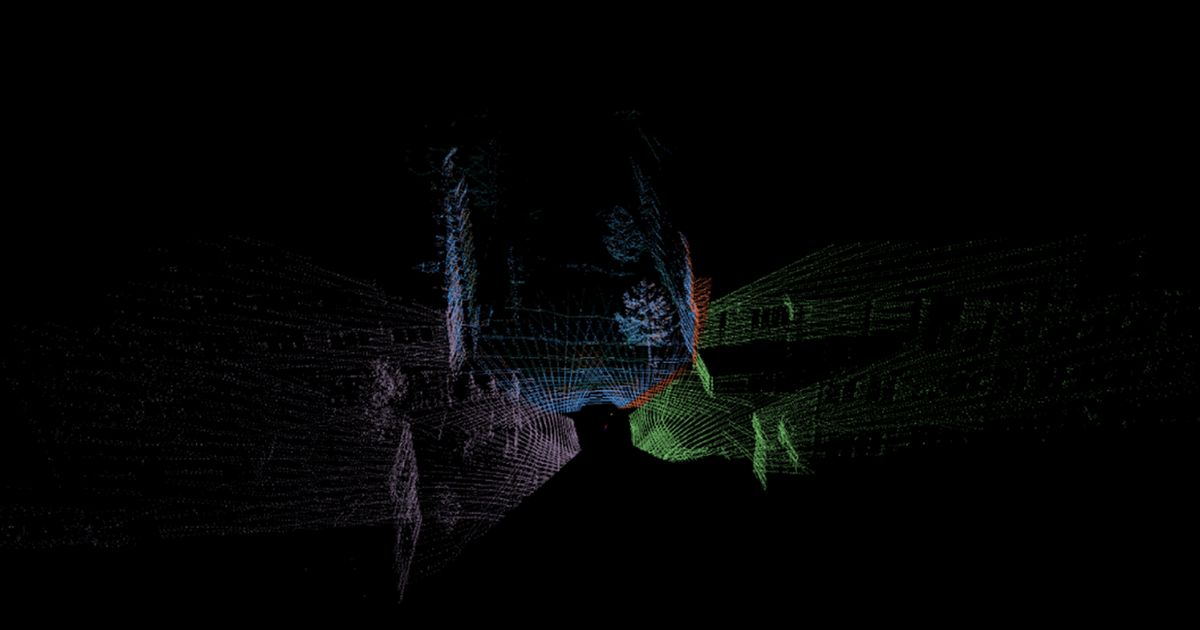Introducing Multi-Sensor Labeling: Get More Annotated Data for Your Budget
We're excited to announce Multi-sensor labeling, now available to all customers. This feature helps teams integrate cost-efficient, scalable human feedback into their data pipelines—delivering more annotated autonomy data per dollar.
Multi-sensor labeling enables you to annotate multiple sensors simultaneously, dramatically reducing the time and cost required to produce high-quality training data for autonomous systems.

The Challenge: Efficient Human Feedback at Scale
Autonomous vehicles are equipped with multiple LiDAR sensors—often six or more—each capturing the world at different times. To train reliable models, you need one label for each LiDAR, for each object.
Traditionally, if a truck appears in two different sensors, annotators would label it twice—repeating the same work for each LiDAR. This approach is time-consuming and expensive. We asked ourselves: how can we help customers get the most annotated data for their budget? The answer was Multi-sensor labeling.
The Solution: Automated Label Propagation
Multi-sensor labeling is simple yet powerful. When you place a bounding box around an object in one sensor, you automatically get a label for every other sensor that can see that object 🔥. This means every sensor receives accurate annotations simultaneously—no repeated work required.

Our platform handles the complex mathematics behind the scenes, using velocity information and interpolation to determine exactly where objects were when each image was captured. This ensures accurate projections across all cameras and point cloud sensors, delivering the reliable human feedback your models need to learn faster.

Built with Productivity in Mind
Developing Multi-sensor labeling required solving challenges no one else had tackled. "The mathematics were complex, but the real challenge was making it intuitive," explains Henrik Arnelid, Machine Learning Engineer and Product Developer. "At Kognic, it's essential that everything we build is accessible, intuitive, and easy to use."

Jessica Karlsson, UX/UI Designer and Product Developer, adds: "We couldn't create traditional prototypes due to the complexity, so we had to use other methods. It was crucial that the final product would be intuitive—receiving that positive feedback from customers made all the effort worthwhile. This was one of my favorite projects because of the cross-functional teamwork. Everyone understood that making the tool accessible was just as important as solving the technical challenges."
Experience the Productivity Gains
Multi-sensor labeling exemplifies our commitment to being the price leader in autonomy data annotation. By combining smart automation with human expertise, we help you maximize your annotation budget while maintaining the quality your autonomous systems require.
Want to see how Multi-sensor labeling can reduce your annotation costs? Reach out to your account executive or schedule a demo by clicking "Schedule a demo" at the top of the page.
Share this
Written by

.png?width=2000&name=kognic%20logo-black%20(1).png)
